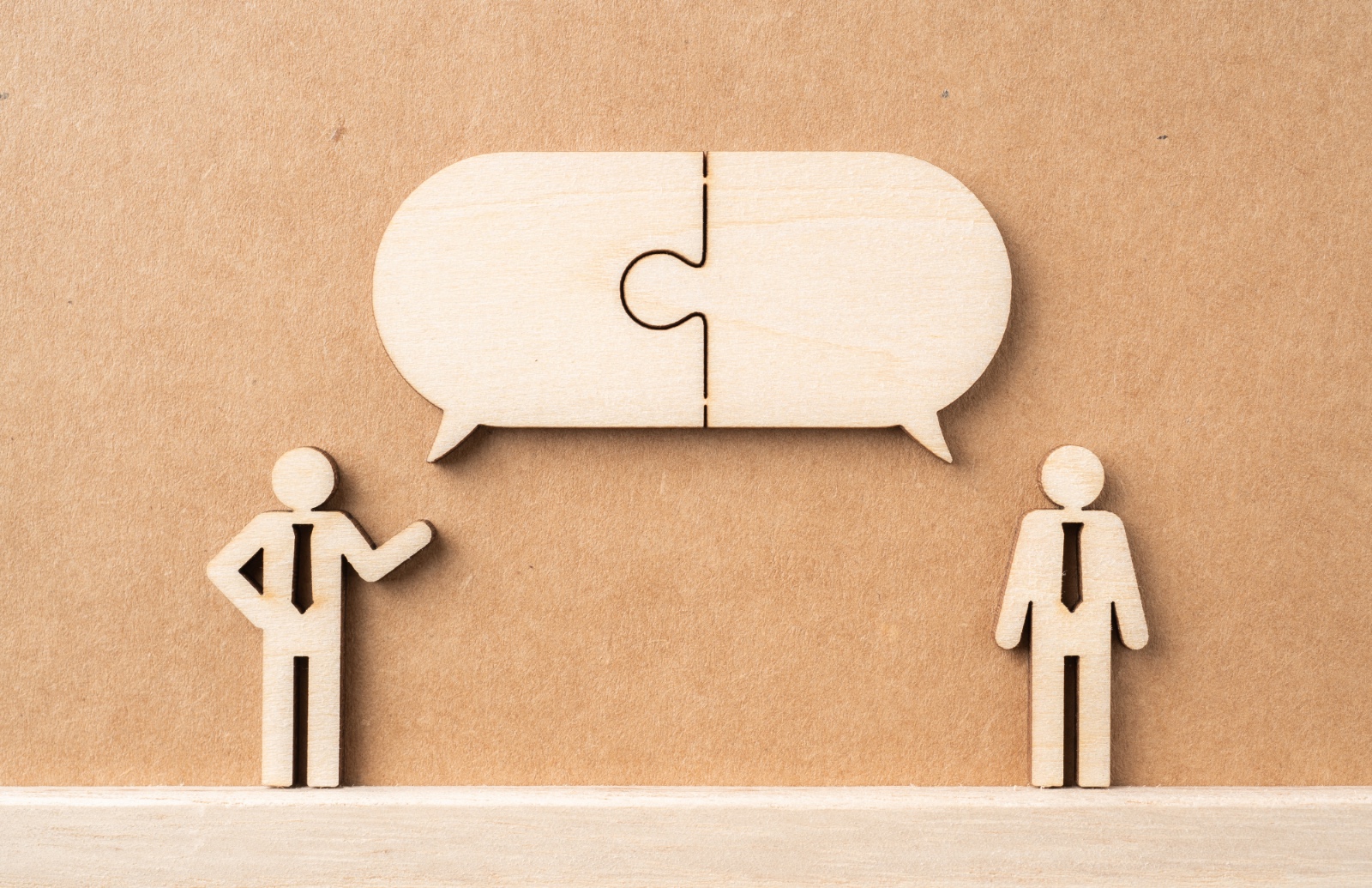
The 2019 General Election will be the first simultaneous election of both the presidential and the legislative races. 16 parties will take part which is an increase from the previous election’s 10 participating parties. In addition to the two-way presidential race between incumbent Joko Widodo and repeat challenger Prabowo Subianto, Indonesia will witness more than 200,000 politicians competing to get 17,000 seats in the Regional Parliament (DPRD) and 550 seats in the House of Representatives (DPR). This is bound to have a significant effect on the economy as the anticipated boost will be larger in scale compared to the previous 2014 election.
When politics drive domestic spending
The political activities during the campaign period from end of September 2018 to mid-April 2019 is expected to create an additional spending that can potentially reach, at the most conservative estimate, a staggering Rp100 trillion. Although this represents less than 1% of the Indonesian GDP, campaign spending has a great potential to boost domestic consumption.
On average, each DPRD candidate is expected to spend roughly Rp300 million to Rp1 billion, while DPR candidates may reach an average of Rp2 billion per person. As there are 8,370 DPR candidates registered at the Electoral Commission and more than 200,000 DPRD candidates, a rough and conservative estimate can easily bring the total political spending of these candidates to Rp65 trillion. It should be emphasized, however, that campaign budgets vary depending on the size, density as well as the social complexity of the electorate. For instance, candidates competing to represent Jakarta will have a higher budget than those competing in East Nusa Tenggara.
According to official statements from the 2014 Presidential Elections, both candidates spent a total of Rp500 billion for their campaigns. There are no reasons to believe that they will spend less this time around. Furthermore, this is an official figure commonly believed as being well below the actual spending. Indeed, the exact figure is difficult to obtain because many campaign activities are run independently from the official campaign team and are given “in-kind” by prominent supporters of the candidates. Finally, the government budget of Rp25 trillion to run these elections will also add to the figure as government spending.
What do candidates spend their money on?
Political candidates have various ways to spend their campaign funds and win their seat. Some will be in the form of a distribution of staple food to low income target voters, both in urban and rural areas. Philanthropic donations to non-governmental organizations, such as for building mosques or village infrastructure, is allowed and is a popular campaign method to win the hearts of voters. In 2014, it is said that the average spending by each candidate was around Rp50 million for staple foods and roughly Rp50-100 million for donations. This will translate to a spike in low-income household consumption as staple foods usually constitute most of their daily spending.
Political parties will also need to mobilize 4 to 5 persons in each of the 800,000 voting stations as eyewitnesses. Each person will usually receive an allowance from Rp50,000 to Rp100,000 excluding meals and cigarette. The total spending of all 16 political parties for eyewitnesses could easily surpass Rp5 trillion. Those allowances per individual are too low to be going to savings and will most likely be consumed directly.
Other than that, candidates will spend their money on campaign collaterals such as t-shirts, banners, posters, leaflets etc. Candidates will also have to pay for campaign events and rallies of various size to reach their voters. Advertising in various media is another commonly large proportion of campaign spending. Finally, survey companies, political consultants, marketing and advertising agencies, and other similar types of services will naturally have a lot of business to support the campaigns.
Opportunities for business
The massive campaign spending during elections provide an opportunity for local businesses to reap economic benefits. Certain goods and services such as advertisement, political consulting, clothing, transportation and catering will enjoy a hike in demands. Convection businesses will produce clothes or uniforms for party members. Masses of supporters need transportation services to go to political campaign events where they will be provided with packaged meals prepared by catering companies or restaurants. Fast-Moving Consumer Goods (FMCG) is another sector that will enjoy consumption spike during the campaign season. People receiving funds for their involvement in the campaign will likely spend their money more on daily household needs especially food.
Media buying agencies industry will see significant rise in advertising placement in television, radio, online media, printed media and social media alike. Advertising spending of political organization and government agencies in 2014 election stood at Rp2.04 trillion or a 92% increase from 2009 election according to Nielsen. With even greater number of participants, overall political advertisement spending in 2019 election especially in local media will likely also increase.
As goods and services from many small and medium enterprises (SME) will be increasingly sought after, economic benefits of the election can be distributed widely among business sectors. Businesses usually anticipate some form of instability and uncertainty during the elections. However, experience of the past elections has shown a more optimist side of this five-yearly political hustle.
** *
Get your complete copy here.



